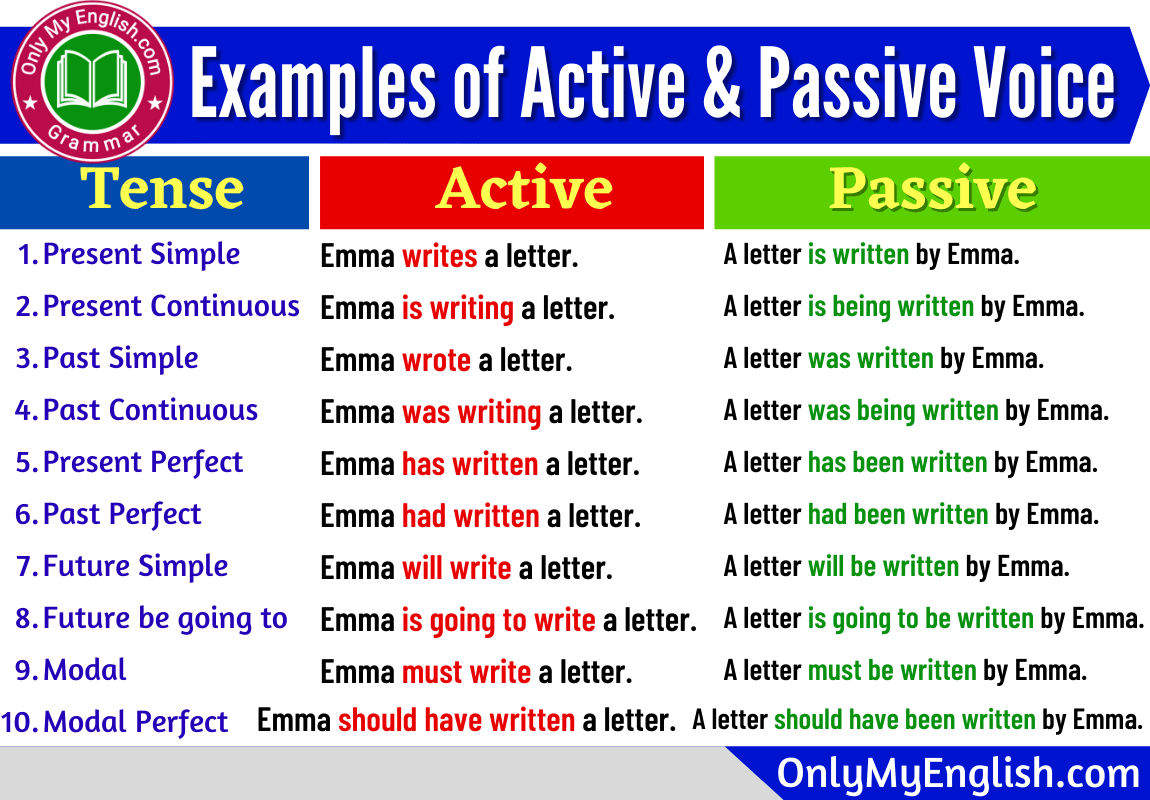Understanding the difference between active and passive voice is essential for effective communication in writing. Active voice emphasizes the doer of an action, making sentences clearer and more direct. On the other hand, passive voice focuses on the receiver of the action, sometimes leading to ambiguity and wordiness. By mastering the use of active and passive voice, writers can enhance the impact of their message and engage readers more effectively.
1. Active Voice: The chef prepared a delicious meal for the guests.
2. Passive Voice: A delicious meal was prepared for the guests by the chef.
3. Active Voice: The team won the championship trophy.
4. Passive Voice: The championship trophy was won by the team.
5. Active Voice: The teacher assigned homework to the students.
6. Passive Voice: Homework was assigned to the students by the teacher.
Active voice examples showcase the subject performing the action, while passive voice examples demonstrate the subject receiving the action. Using active voice in writing can make sentences more engaging and dynamic, whereas passive voice may come across as dull or impersonal. Writers should strive to incorporate active voice whenever possible to maintain clarity and impact in their communication.
Additionally, active voice tends to be more straightforward and concise, making it easier for readers to follow the flow of ideas. Passive voice, on the other hand, often requires extra words and can be less engaging for the audience. By choosing active voice over passive voice, writers can create a more compelling narrative that captures the reader’s attention and keeps them engaged throughout the text.
Ultimately, mastering the use of active and passive voice is a valuable skill for writers looking to enhance the effectiveness of their communication. By recognizing when to use each voice and practicing their application in writing, individuals can elevate the impact of their message and connect more effectively with their audience. Whether crafting a persuasive argument or telling a captivating story, understanding the nuances of active and passive voice can make a significant difference in the clarity and engagement of the writing.
Closing Thoughts
In conclusion, active and passive voice examples illustrate the importance of choosing the right voice for effective communication. By utilizing active voice to highlight the doer of an action and engaging readers with dynamic language, writers can create more impactful and engaging content. Whether writing an academic essay, a professional report, or a creative piece, mastering active and passive voice is a valuable skill that can enhance the quality of one’s writing.
